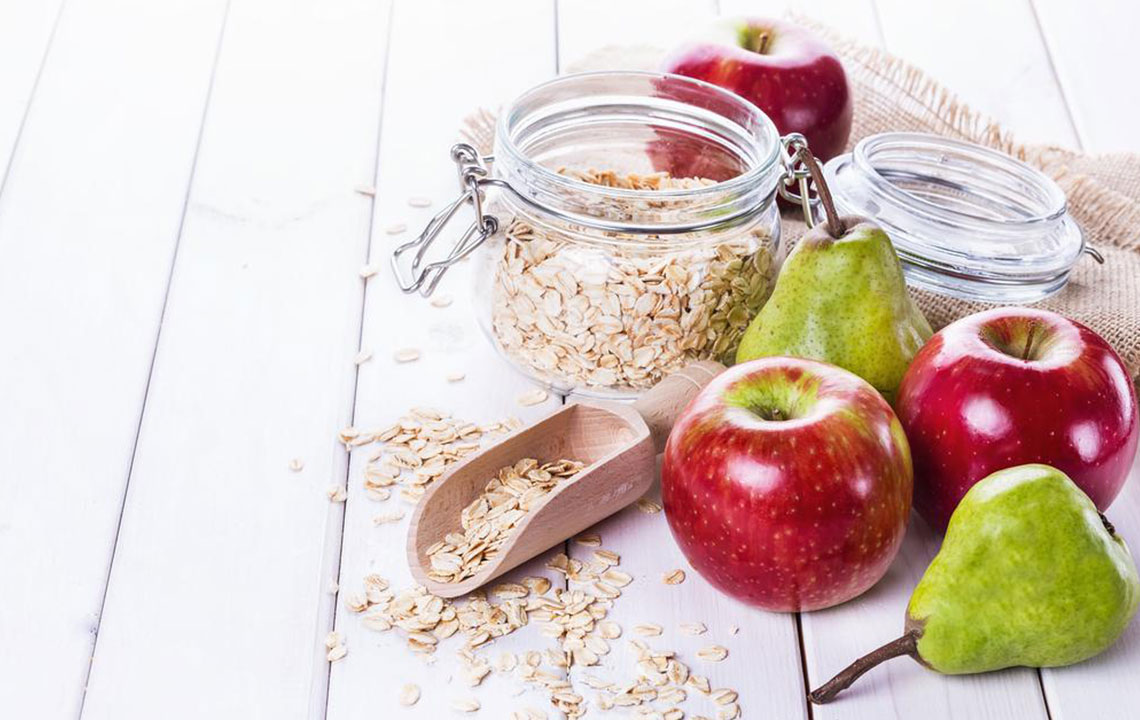Optimizing Your Low FODMAP Diet for Symptom Relief
Learn how to effectively implement a low FODMAP diet to manage IBS symptoms. This guide covers food restrictions, dietary tips, and the importance of professional supervision for optimal results. Improve your digestive health by understanding the diet's phases and maintaining proper nutritional balance.

How to Maximize Benefits from a Low FODMAP Diet
Many individuals find it challenging to stick strictly to their diet, often indulging on cheat days. For those diagnosed with irritable bowel syndrome (IBS), understanding and following a targeted dietary plan like the low FODMAP diet can provide significant relief. This diet focuses on reducing fermentable carbohydrates to alleviate symptoms such as bloating, stomach pain, and irregular bowel movements. Proper adherence is crucial because the success of symptom management largely depends on correctly following the plan.
FODMAP stands for fermentable oligosaccharides, disaccharides, monosaccharides, and polyols—types of carbohydrates that can trigger IBS symptoms in sensitive individuals. Recognizing IBS early and tracking your symptoms can help tailor the diet effectively. Symptoms often include alternating diarrhea and constipation, bloating, abdominal pain, and disrupted daily routines.
Maintaining a food diary before starting a low FODMAP plan can be highly beneficial. Studies show that approximately 80% of IBS sufferers experience symptom improvement with this diet. It can help achieve a flatter belly, reducing discomfort and improving overall quality of life. The initial phase involves eliminating high FODMAP foods such as onions, garlic, cabbage, mushrooms, cauliflower, lentils, pasta, wheat, chocolate, honey, and certain fruits. This restrictive phase is temporary and should be supervised by a healthcare professional.
It's important to note that this diet isn't suitable for those with diabetes, eating disorders, or children. Always consult a dietitian or gastroenterologist before making significant dietary changes. Portion control is vital—consuming large amounts of low FODMAP foods can still lead to increased carbohydrate intake. Hydration matters too; water, black coffee, tea, and peppermint or green tea are safe choices, whereas milk should be avoided.
Foods permitted on a low FODMAP diet include leafy greens, radishes, bell peppers, potatoes, tomatoes, gluten-free cereals, and lean meats like fish, pork, and beef. Using herbs and spices can keep meals flavorful. After the initial week, monitor your symptoms to decide whether to continue or adjust your diet. For personalized guidance, consulting a dietitian is highly recommended to navigate different carbohydrate types and ensure nutritional balance.









